Rising Incidence of Postpartum Hemorrhage
The increasing incidence of postpartum hemorrhage (PPH) is a critical driver for the Postpartum Hemorrhage Treatment Device Market. Statistics indicate that PPH affects approximately 1 in 20 deliveries, leading to significant maternal morbidity and mortality. This alarming trend necessitates the development and adoption of effective treatment devices. As healthcare providers seek to mitigate the risks associated with PPH, the demand for innovative treatment solutions is likely to rise. Furthermore, the World Health Organization emphasizes the need for improved management strategies for PPH, which could further stimulate market growth. The urgency to address this public health concern is propelling investments in research and development, thereby enhancing the overall landscape of the Postpartum Hemorrhage Treatment Device Market.
Technological Innovations in Treatment Devices
Technological advancements play a pivotal role in shaping the Postpartum Hemorrhage Treatment Device Market. Innovations such as automated blood volume monitoring systems and advanced uterine tamponade devices are revolutionizing the management of PPH. These devices not only enhance the accuracy of diagnosis but also improve the efficacy of treatment protocols. The integration of smart technologies, including mobile health applications, is also gaining traction, allowing for real-time monitoring and data collection. As healthcare systems increasingly adopt these cutting-edge solutions, the market is expected to witness substantial growth. Moreover, the introduction of minimally invasive techniques is likely to attract healthcare providers, further driving the demand for advanced treatment devices in the Postpartum Hemorrhage Treatment Device Market.
Increased Awareness and Education on Maternal Health
The growing awareness and education surrounding maternal health significantly influence the Postpartum Hemorrhage Treatment Device Market. Initiatives aimed at educating healthcare professionals and expectant mothers about the risks and management of PPH are becoming more prevalent. This heightened awareness is likely to lead to earlier detection and intervention, thereby increasing the demand for effective treatment devices. Furthermore, public health campaigns and collaborations with non-governmental organizations are fostering a culture of proactive maternal care. As a result, healthcare facilities are more inclined to invest in advanced treatment devices to ensure optimal outcomes for mothers. This trend is expected to bolster the Postpartum Hemorrhage Treatment Device Market as stakeholders recognize the importance of addressing maternal health challenges.
Rising Healthcare Expenditure and Investment in Maternal Care
The upward trend in healthcare expenditure is a significant driver for the Postpartum Hemorrhage Treatment Device Market. As countries allocate more resources to healthcare, there is a corresponding increase in investments aimed at improving maternal care. This trend is particularly evident in regions where maternal health has been prioritized as a public health concern. Enhanced funding allows healthcare facilities to procure advanced treatment devices, thereby improving the management of PPH. Additionally, the focus on reducing maternal mortality rates is prompting governments and organizations to invest in innovative solutions. Consequently, the Postpartum Hemorrhage Treatment Device Market is poised for growth as stakeholders respond to the increasing demand for effective maternal health interventions.
Regulatory Support and Funding for Maternal Health Initiatives
Regulatory support and funding for maternal health initiatives are crucial drivers of the Postpartum Hemorrhage Treatment Device Market. Governments and health organizations are increasingly recognizing the importance of addressing maternal health issues, leading to the establishment of supportive policies and funding programs. These initiatives aim to enhance the availability and accessibility of effective treatment devices for PPH. For instance, grants and subsidies for research and development in maternal health technologies are becoming more common. This financial backing not only encourages innovation but also facilitates the entry of new players into the market. As a result, the Postpartum Hemorrhage Treatment Device Market is likely to experience growth as stakeholders capitalize on these opportunities to improve maternal care.


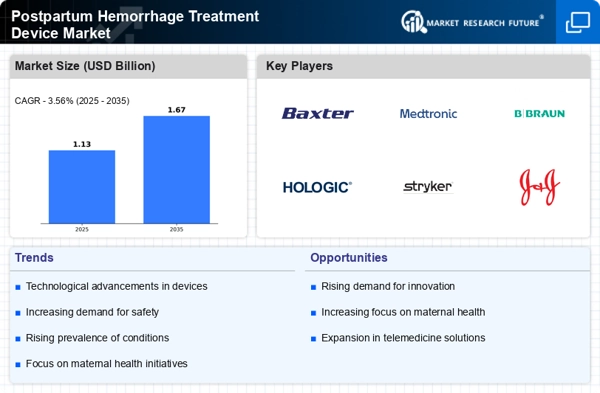
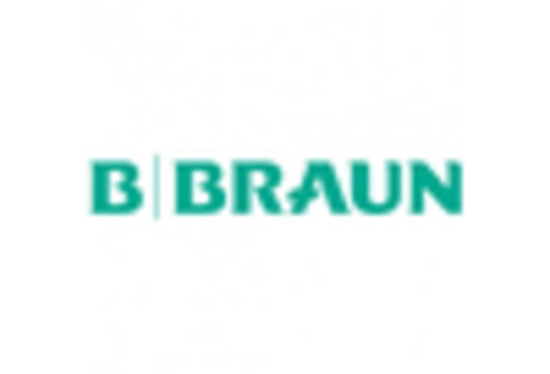

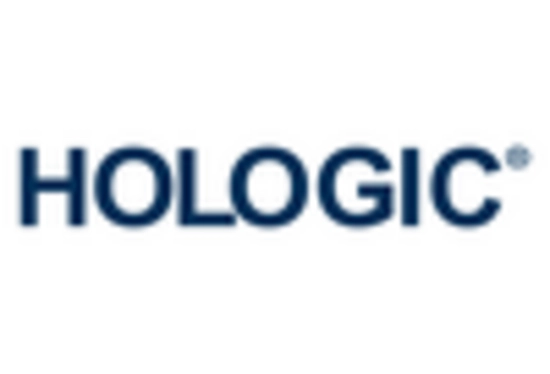

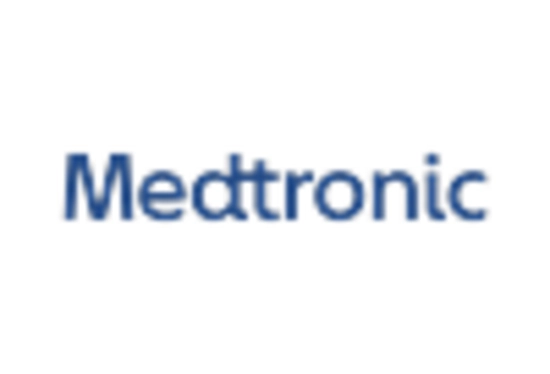
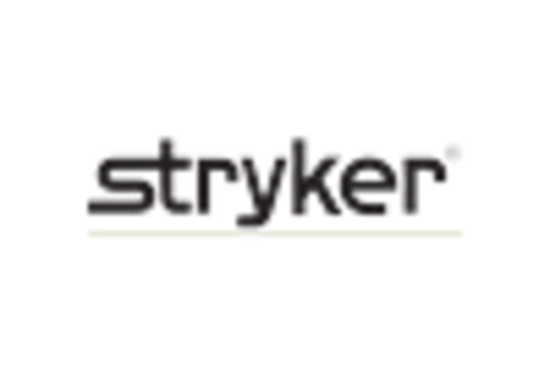








Leave a Comment